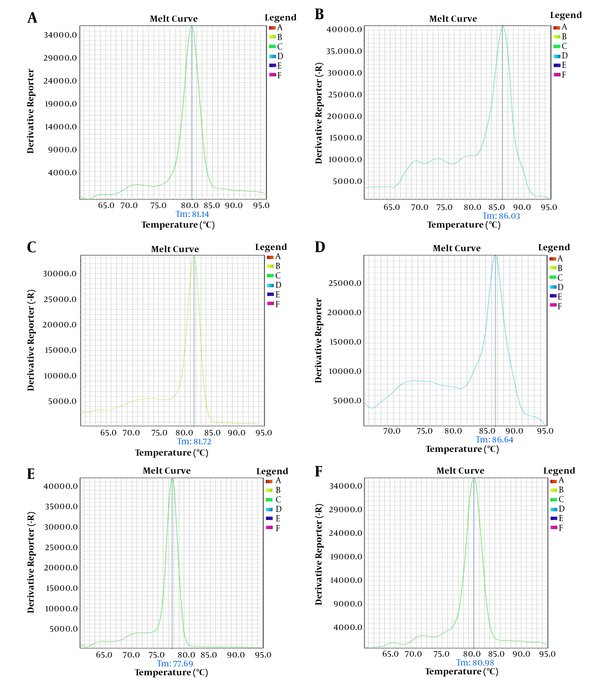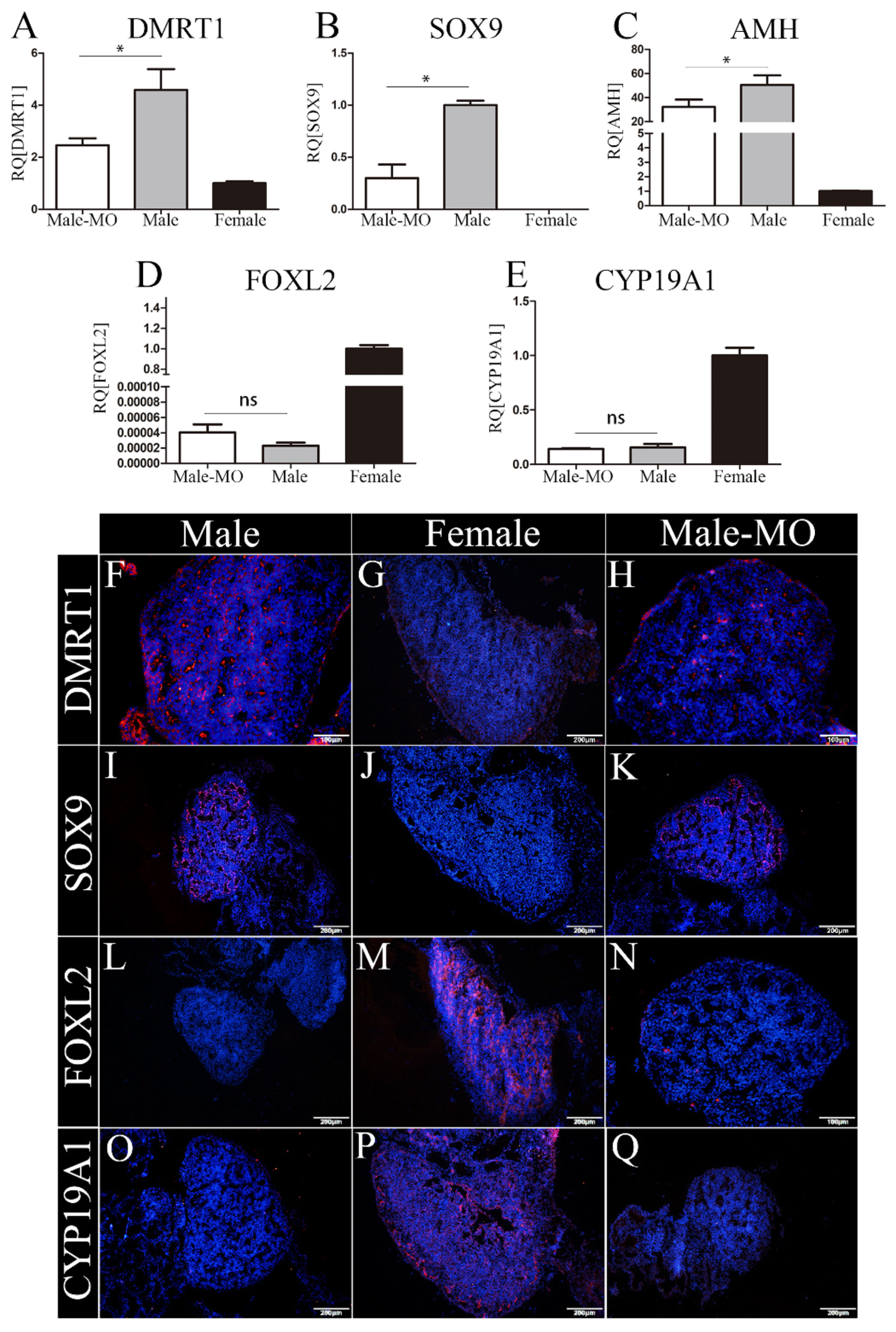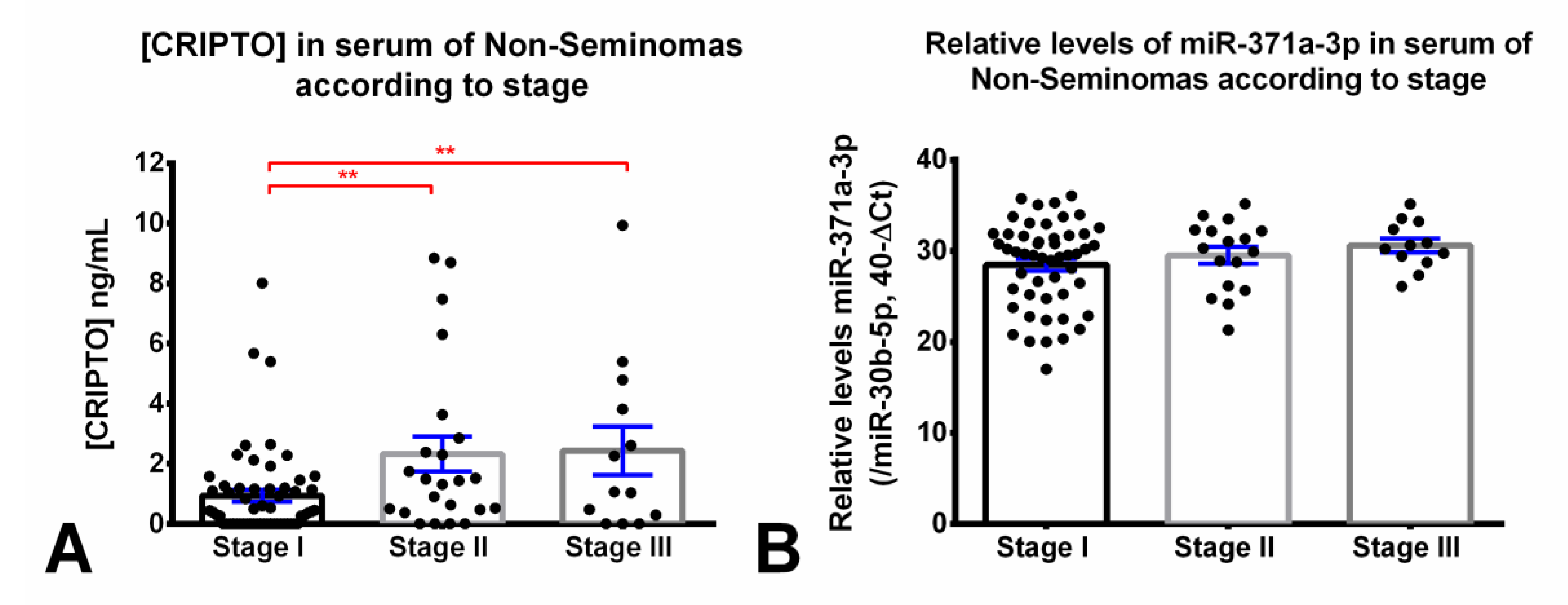Cholestasis Alters miR-34c-5p Expression in the Testes of Male
$ 5.99 · 4.5 (159) · In stock

Background: Cholestasis is a pathophysiological condition, significantly reducing spermatozoa production. MiR-34c is highly expressed in adult male testicles and controls different stages of spermatogenesis. Objectives: Here, we aimed to investigate miR-34c expression in the testes of rat models of cholestasis. The expressions of THY-1, FGF-2, and CASP-3 genes, that are targeted by mirR-34c were also investigated. Methods: Cholestasis was induced in six adult rats via bile duct ligation. Four weeks after cholestasis induction, sera and testicular tissues were collected for further examinations. The levels of liver enzymes were measured using the ELISA. The structure of the testes was evaluated by histological examination. Total RNA was extracted from testes using a special kit and converted to cDNA. The expressions of miR-34c-5p, THY-1, FGF-2, and CASP-3 genes were determined by Real-Time PCR. Results: The serum levels of ALP, AST, and ALT were significantly elevated in the rat models of cholestasis (P < 0.001). Real-Time PCR revealed that the expressions of miR-34c-5p, THY-1, and FGF-2 genes decreased while CASP-3 gene was upregulated in the testes of cholestatic animals (all differences were significant at P < 0.05). Conclusions: Our study indicated that cholestasis was associated with reduced expression of miR-34c and altered expression of its target genes in the testis. Our results highlight the potential effects of cholestasis, a hepatobiliary disease, on testicular tissue function and male fertility.

miR-199a-5p inhibits the expression of ABCB11 in obstructive cholestasis - ScienceDirect

Cells, Free Full-Text

miR-34c inhibit the expression of Nanos2 in GC-1 cells. a Relative

Lack of Fxra Alters Testis Histology (A) Representative micrograph

Samira Kiani's research works Tehran University of Medical

MicroRNA: a novel implication for damage and protection against ionizing radiation

Cancers, Free Full-Text
Gene, Cell and Tissue

Amir Hossein HASANI FARD MSc Cellular and Developmental Biology